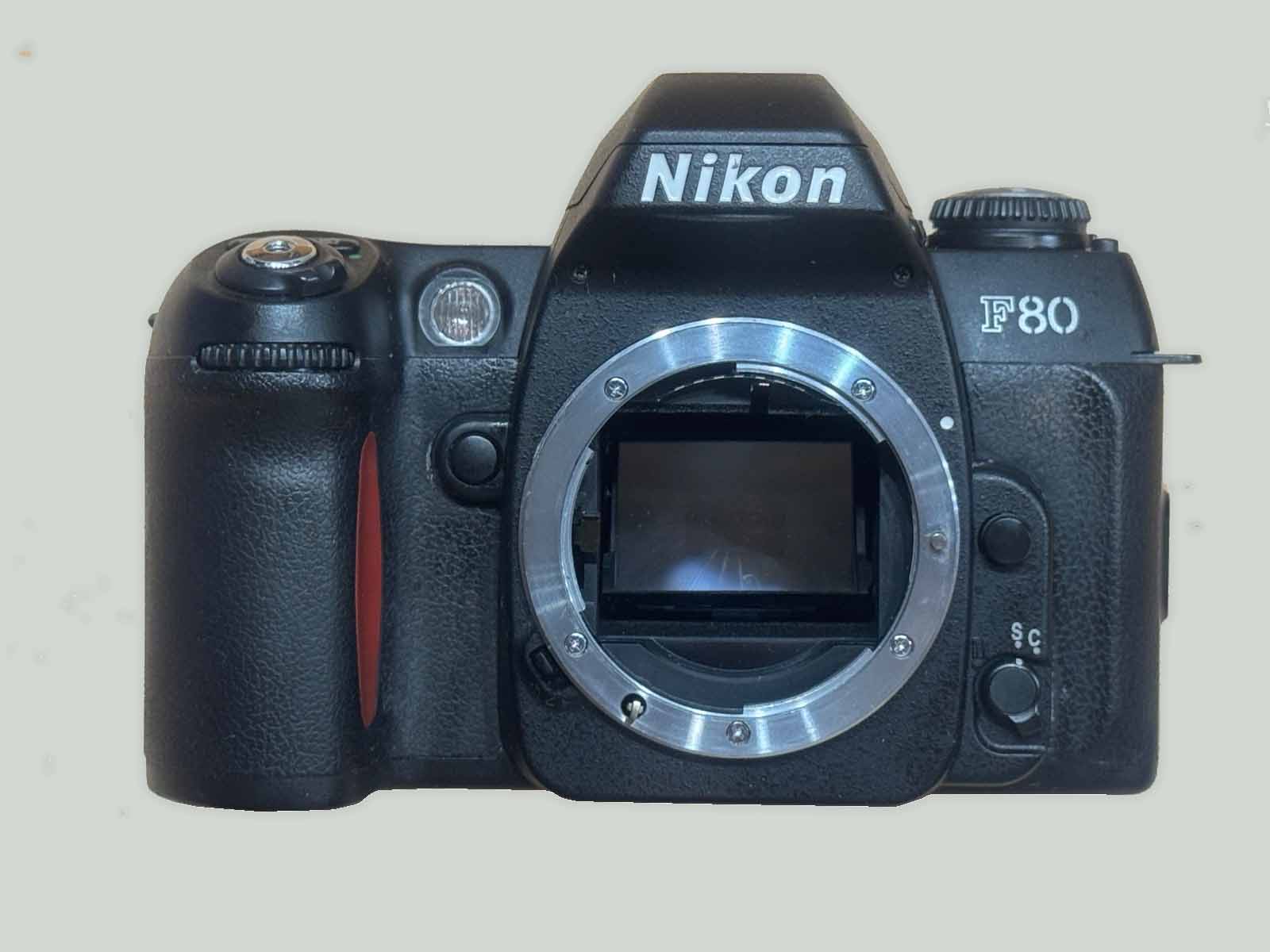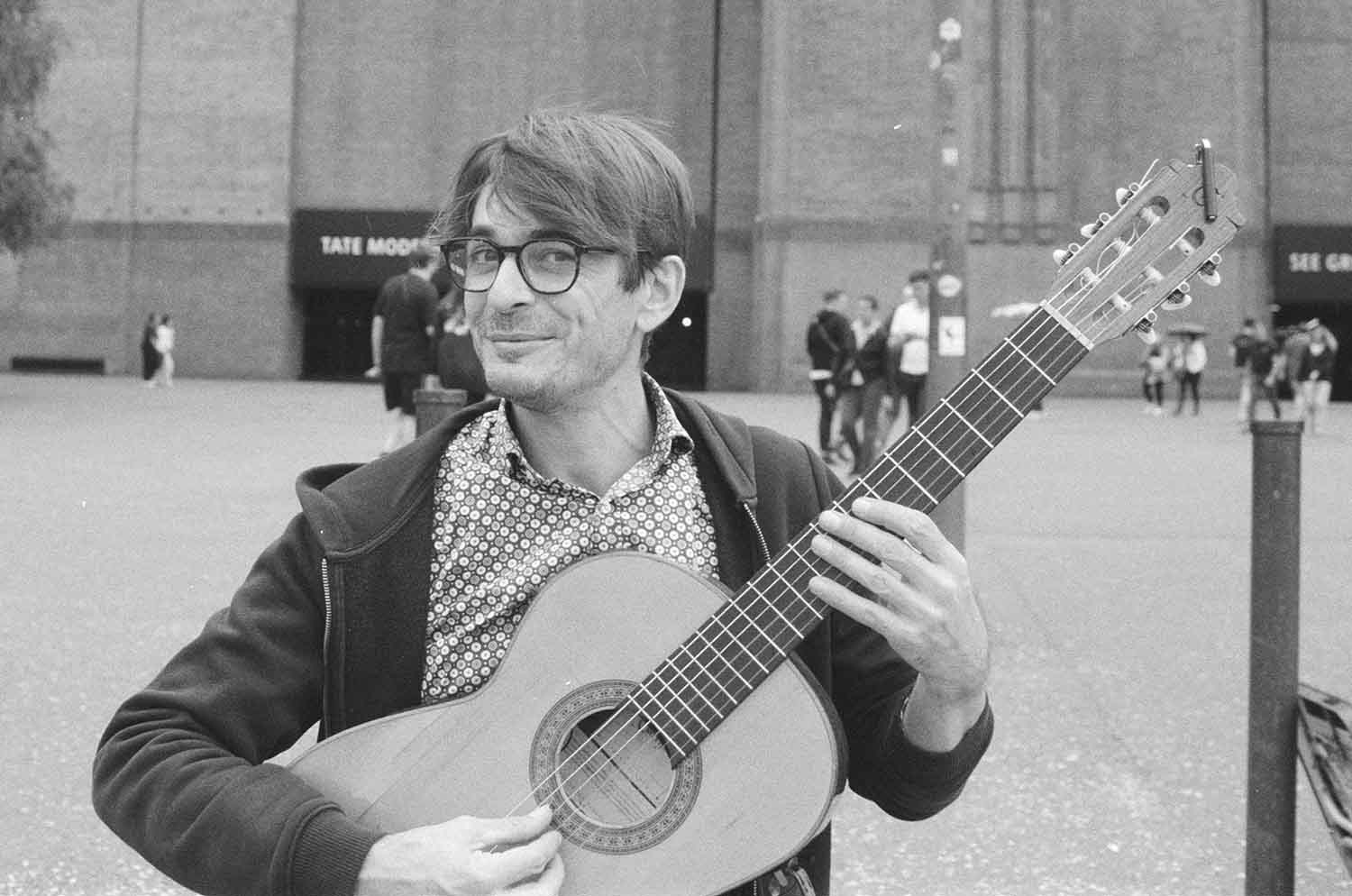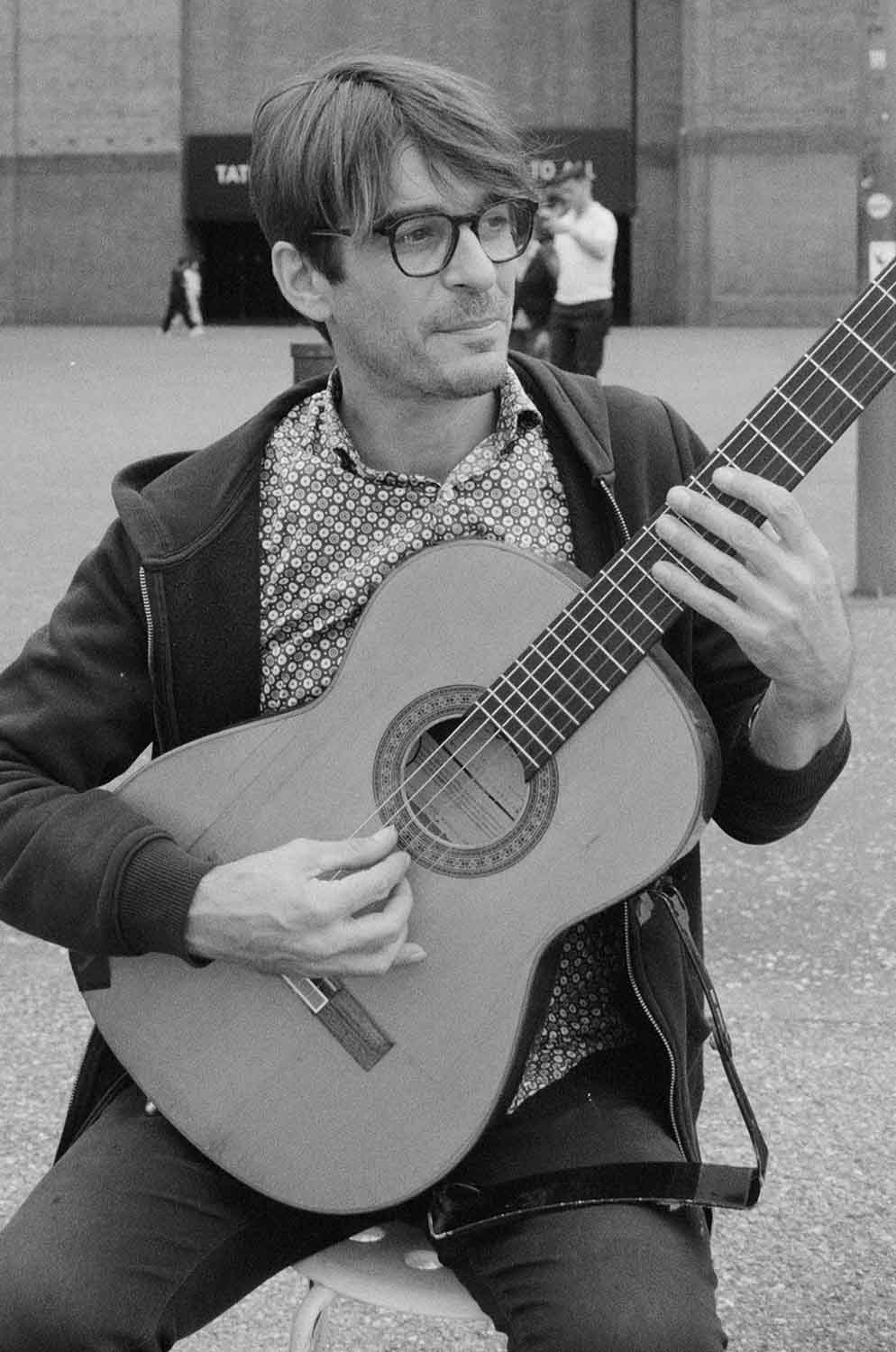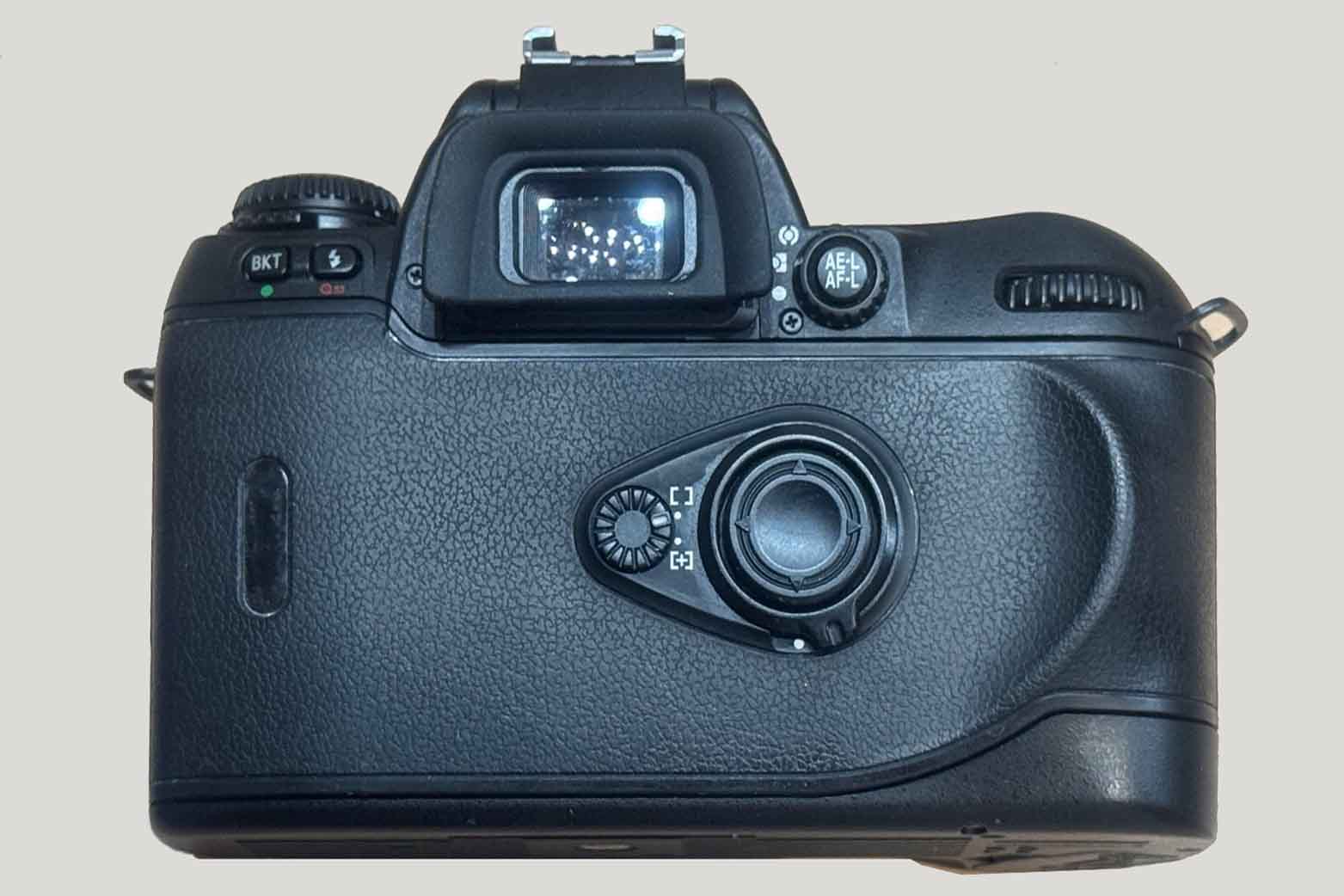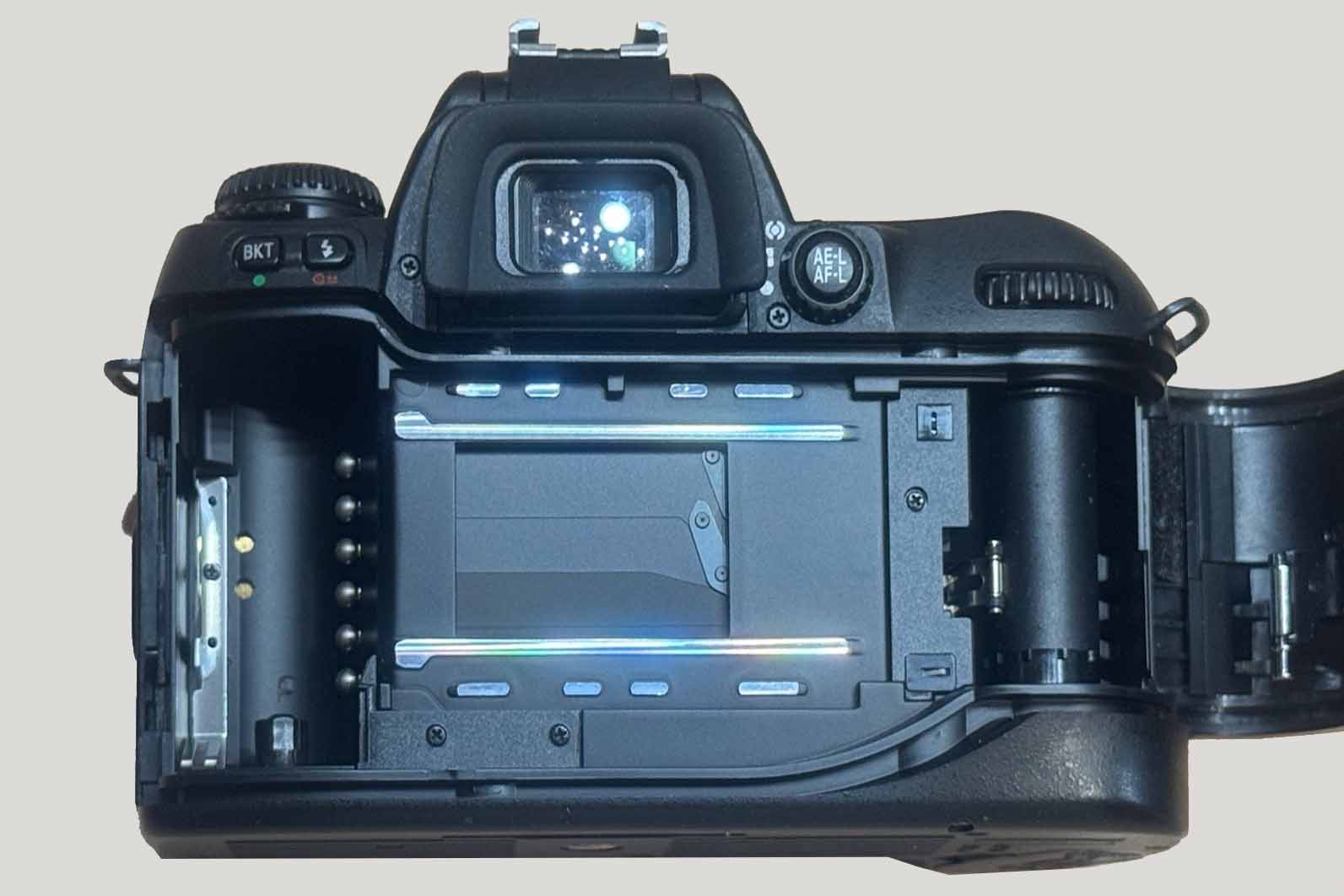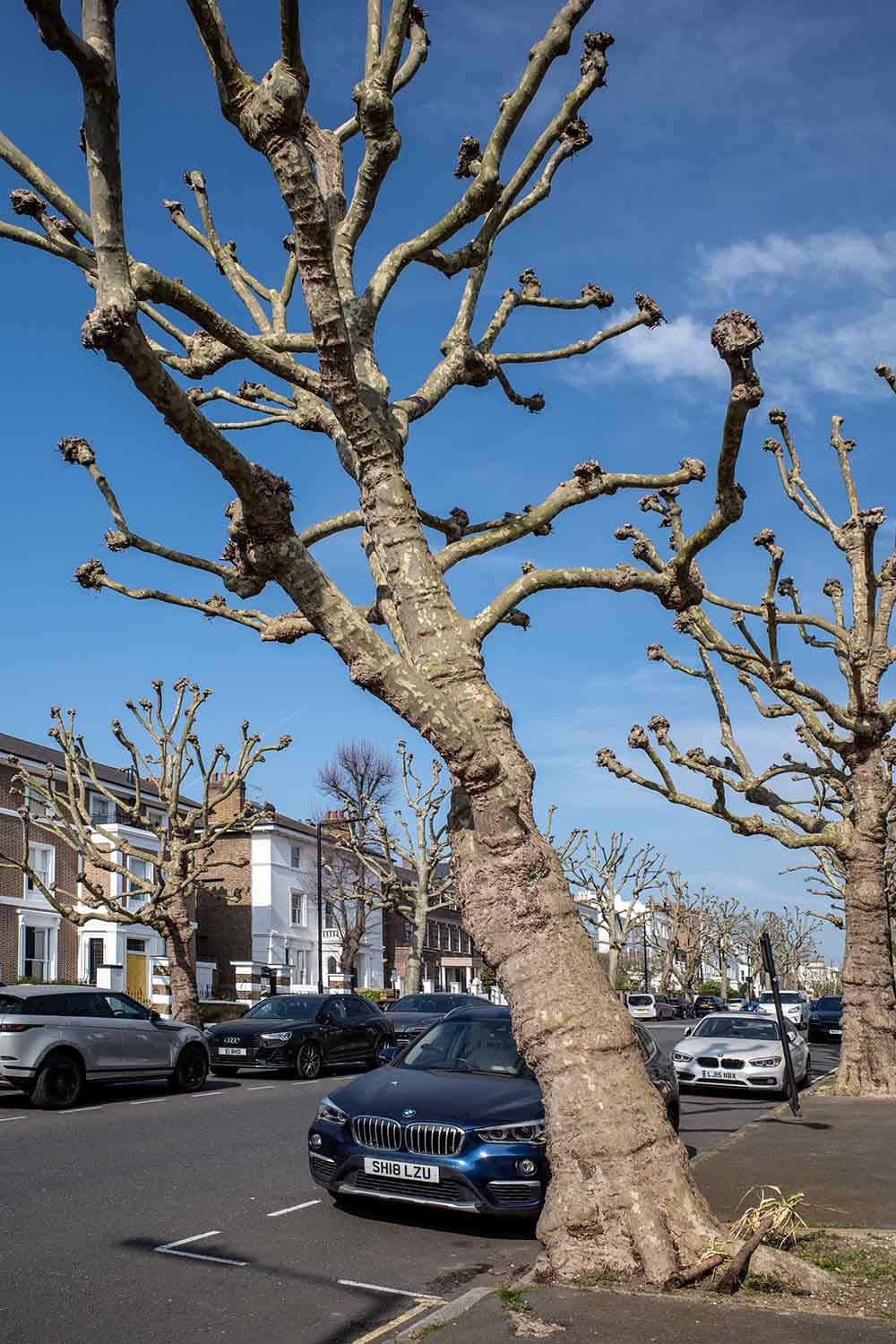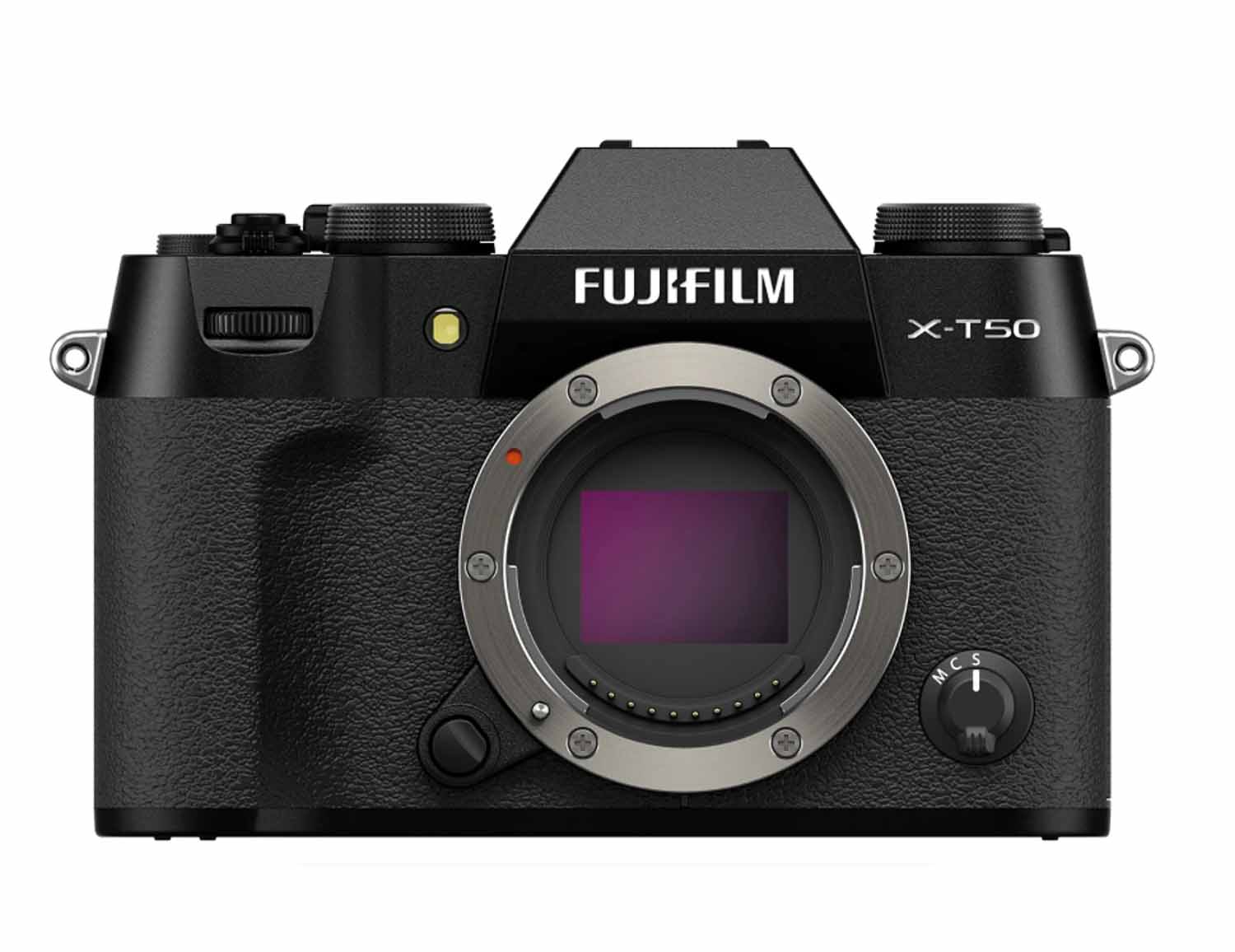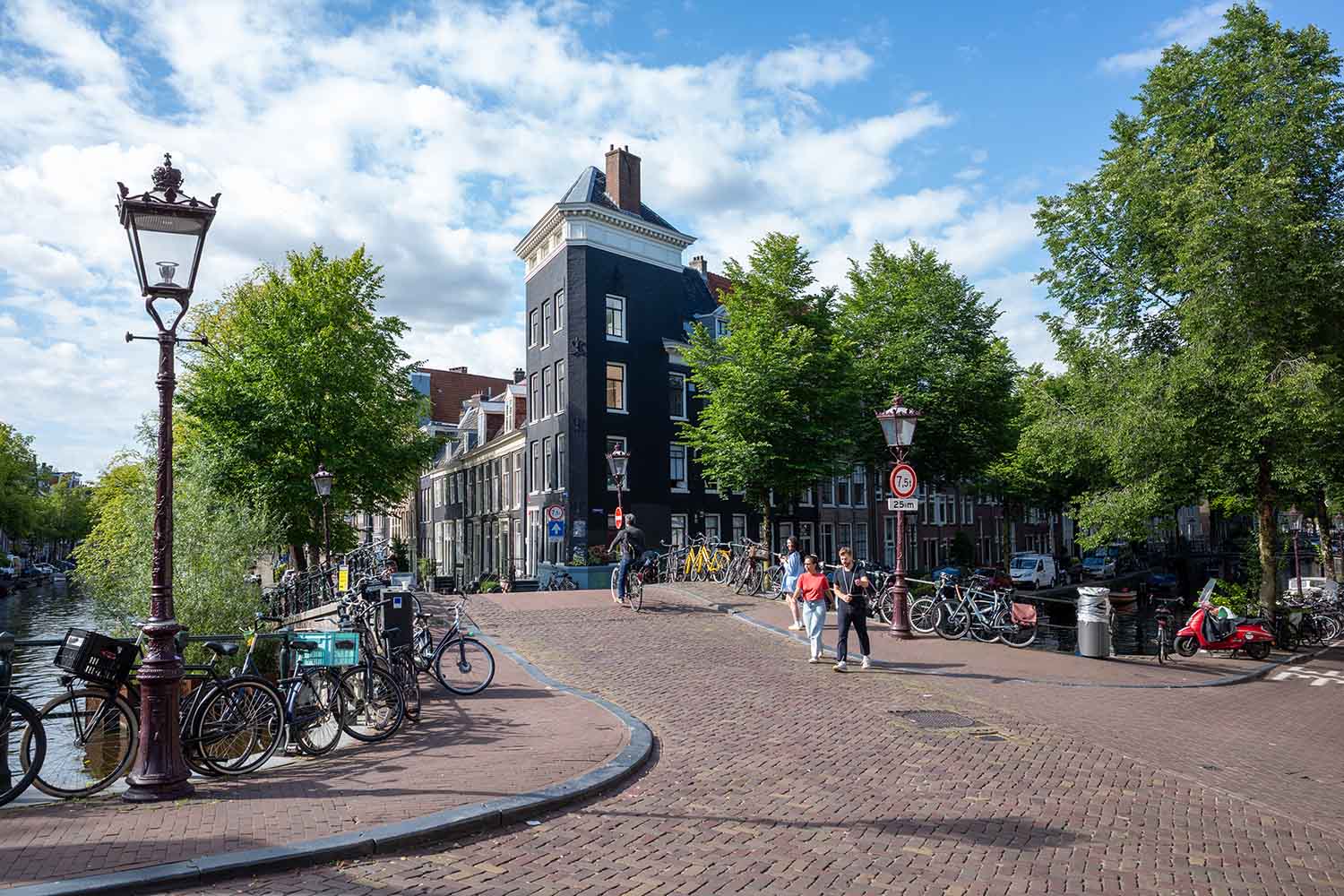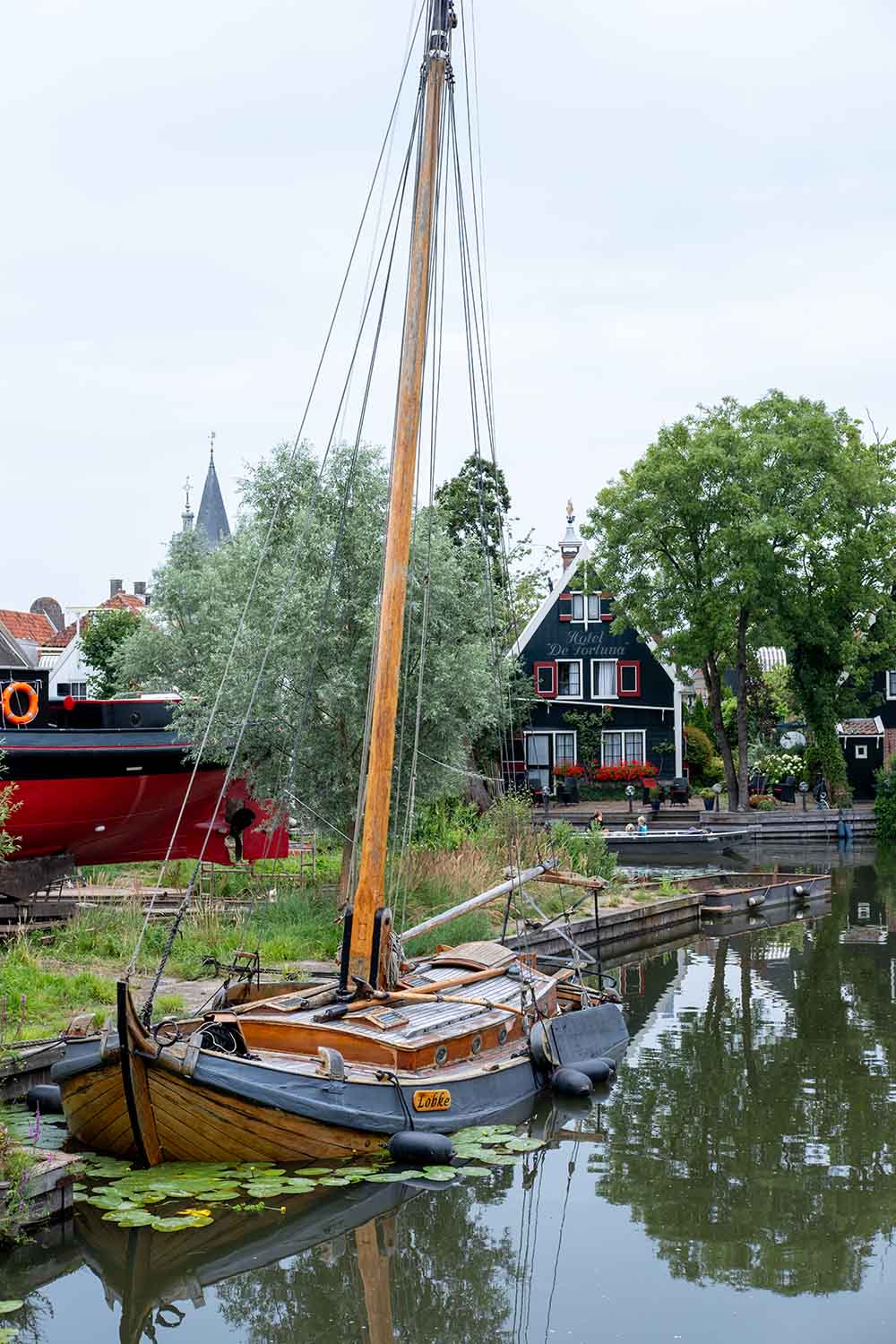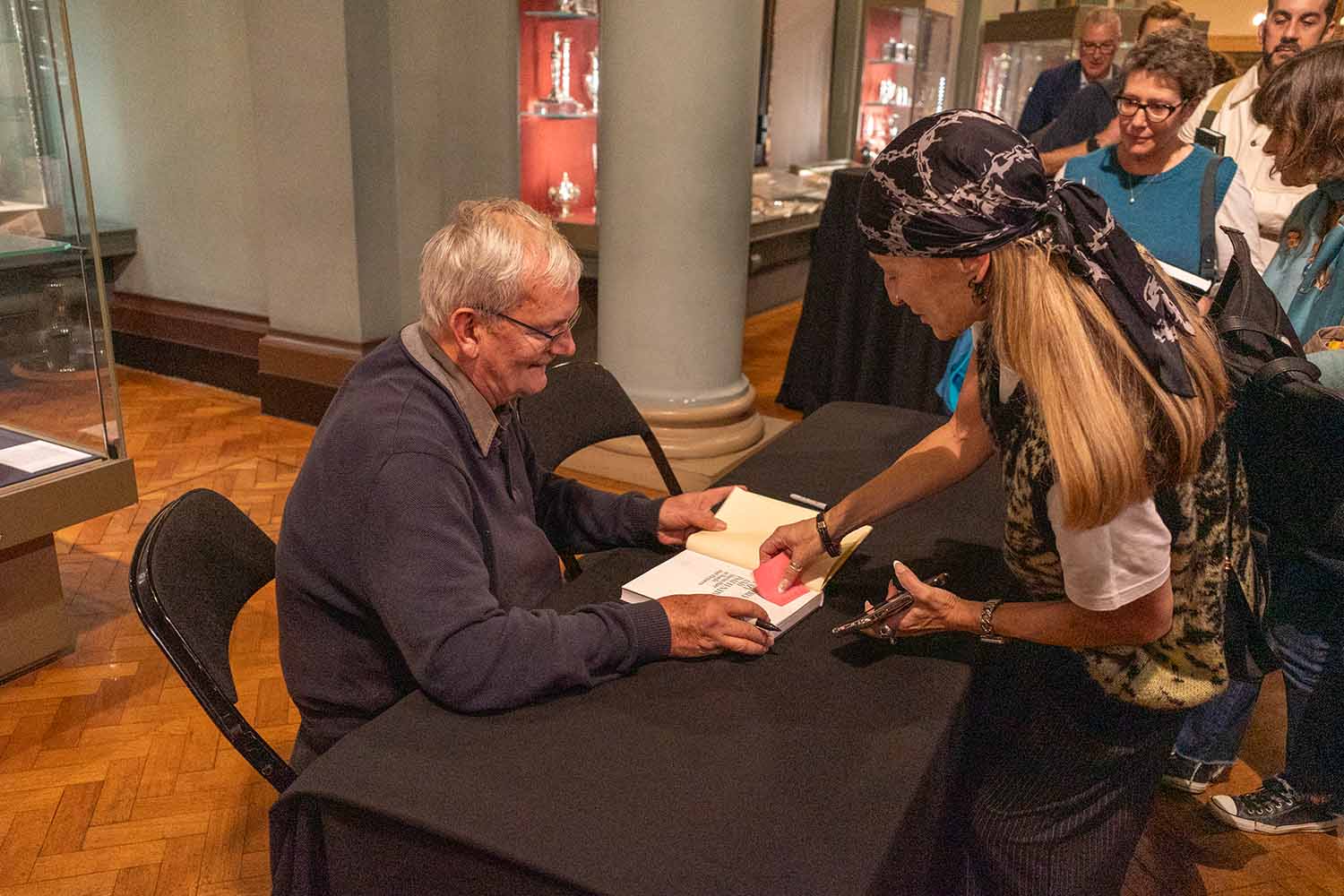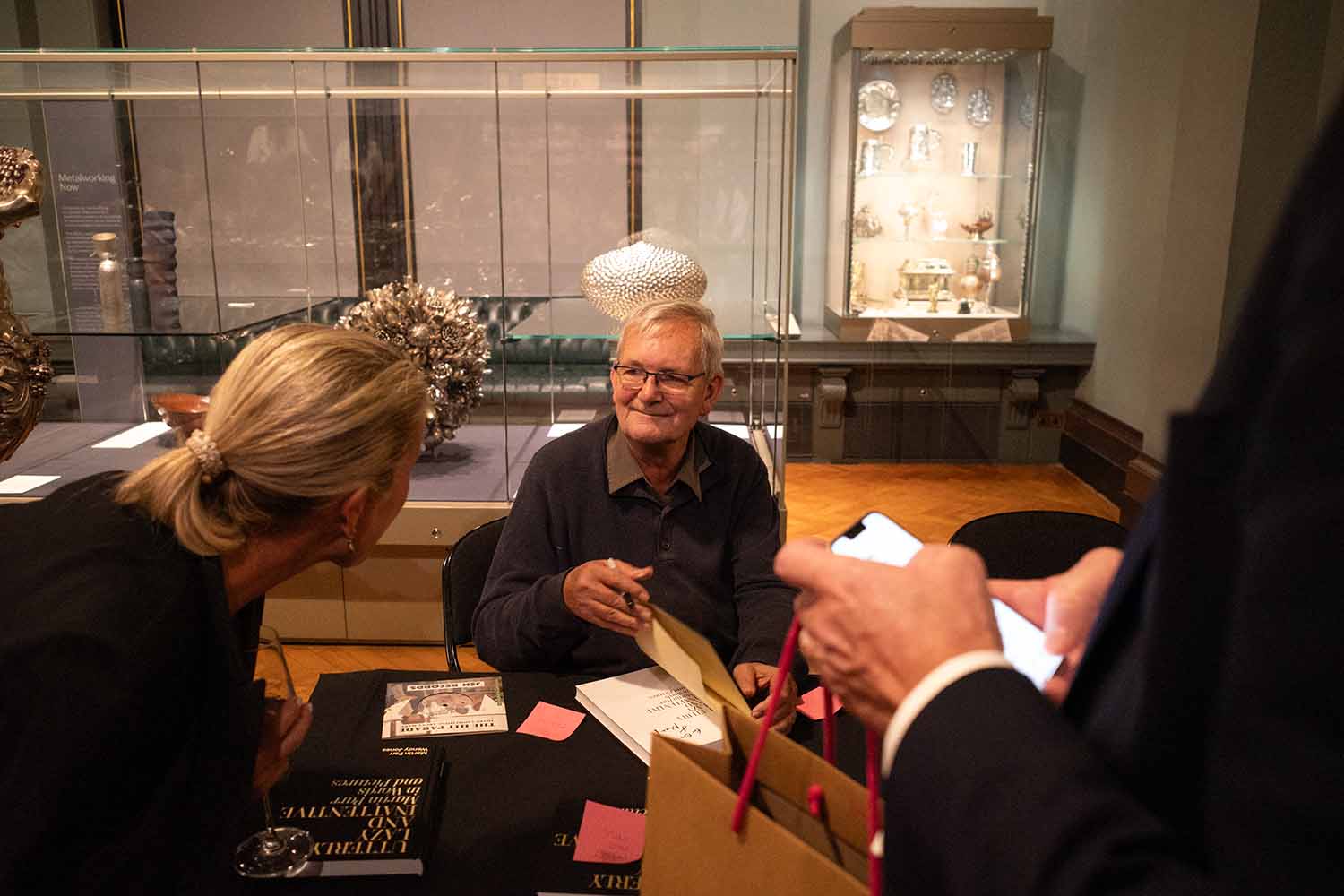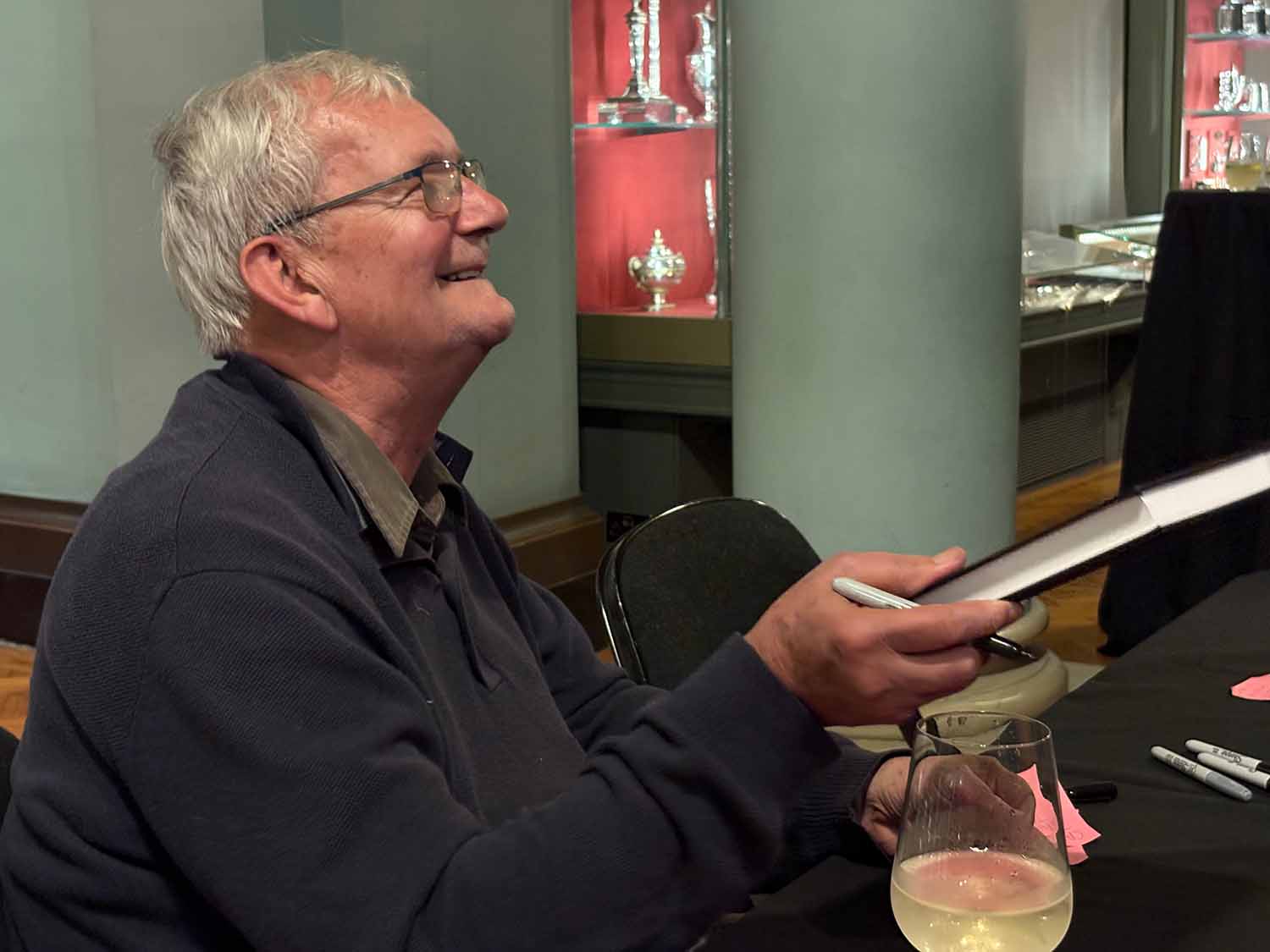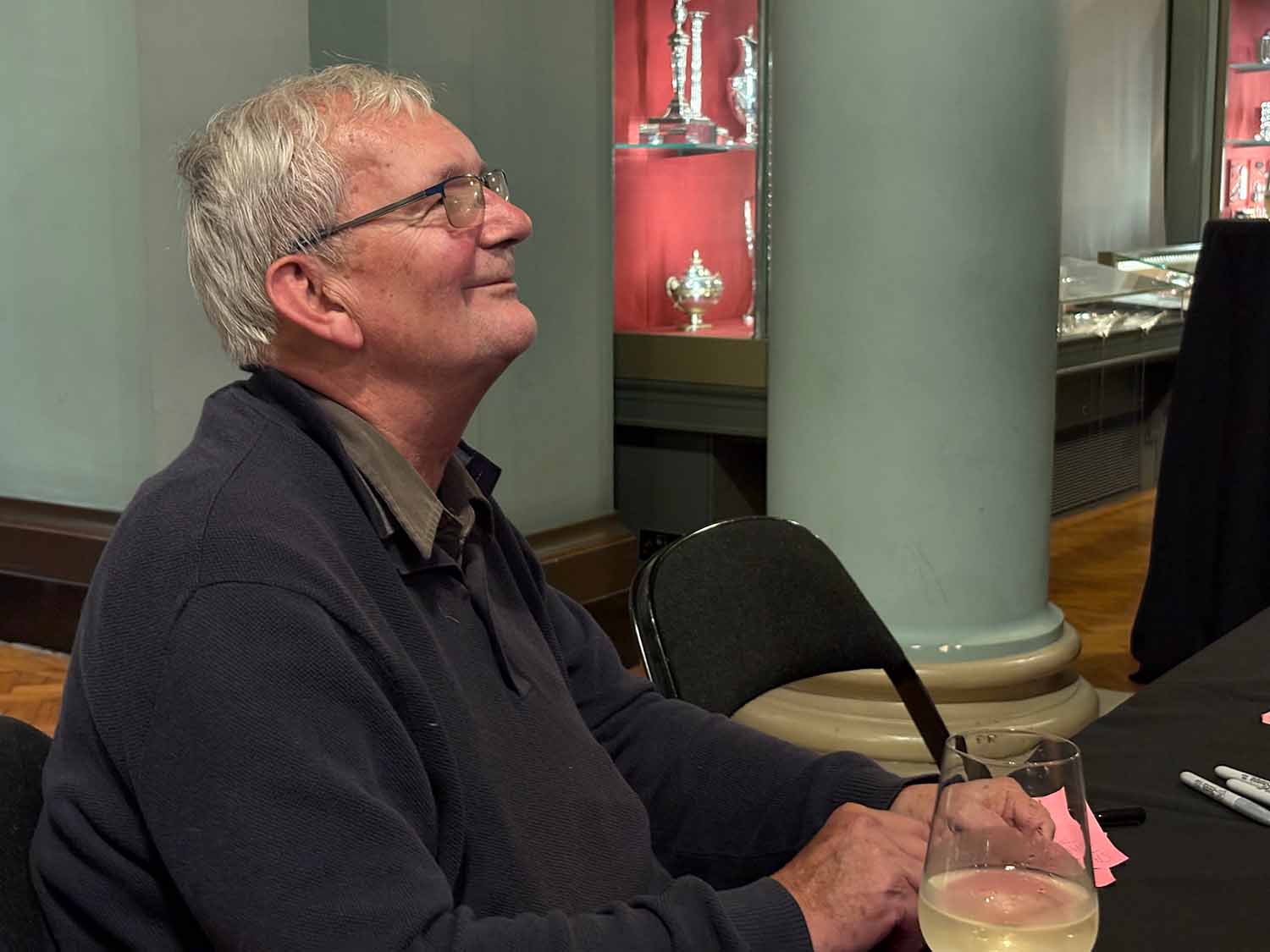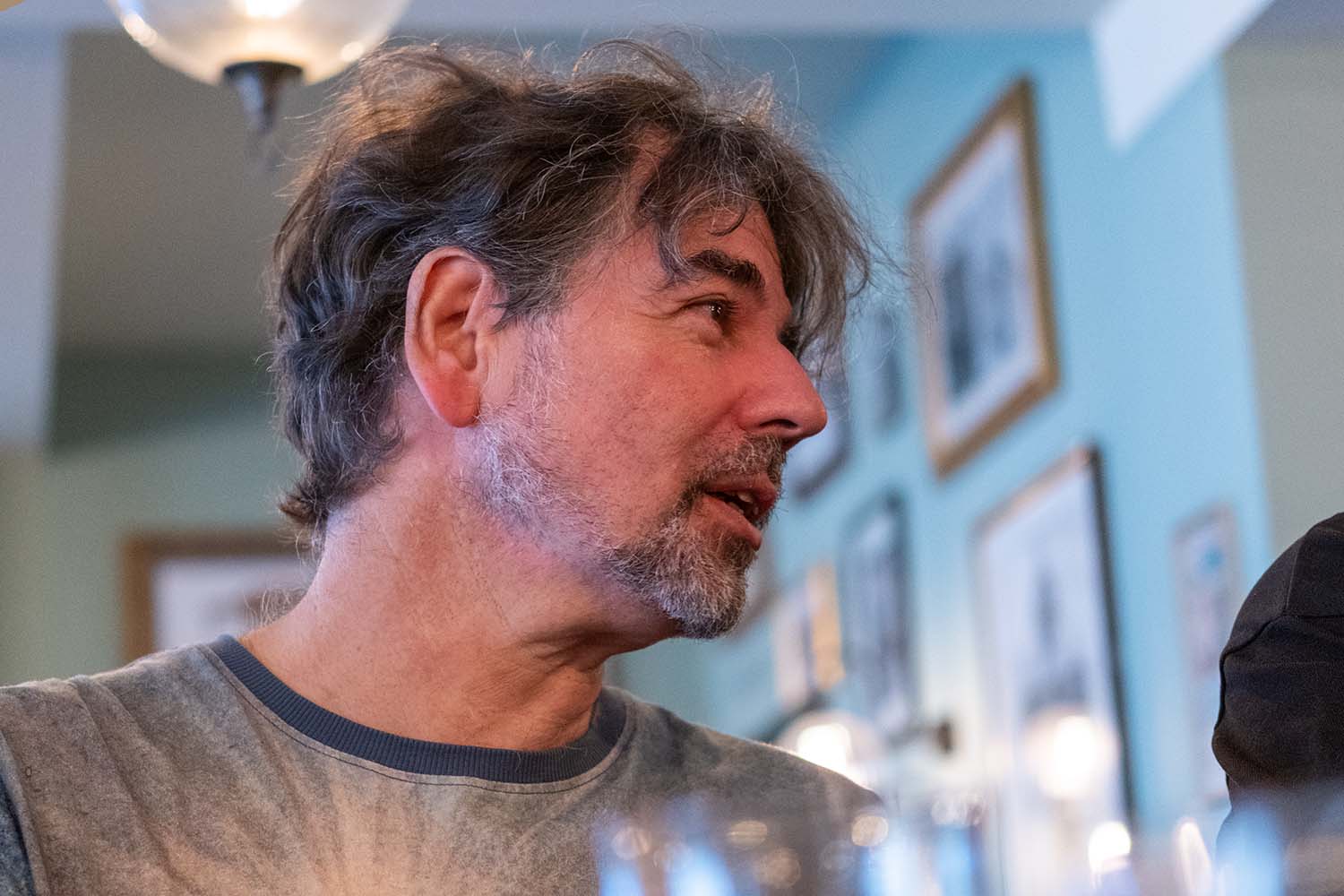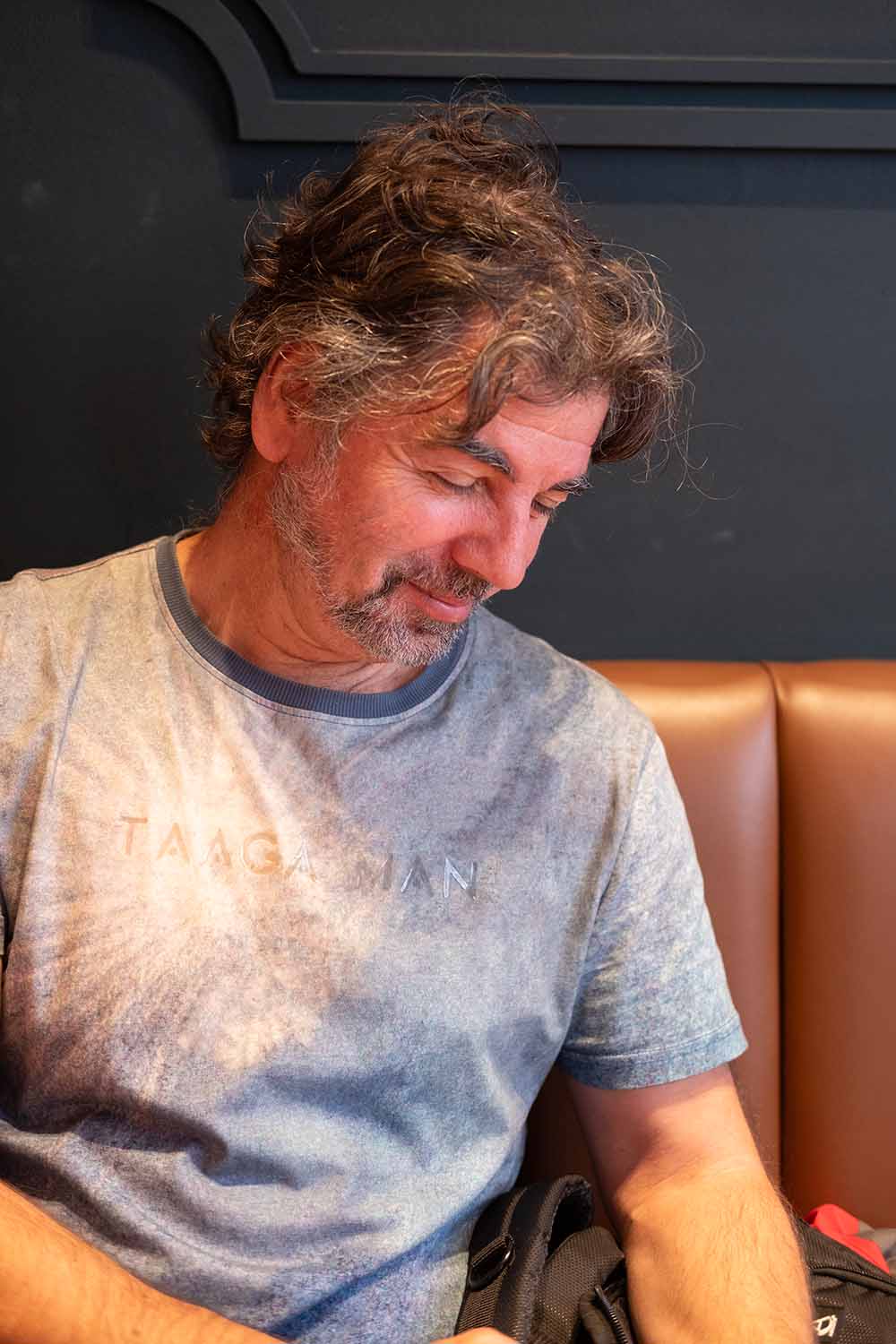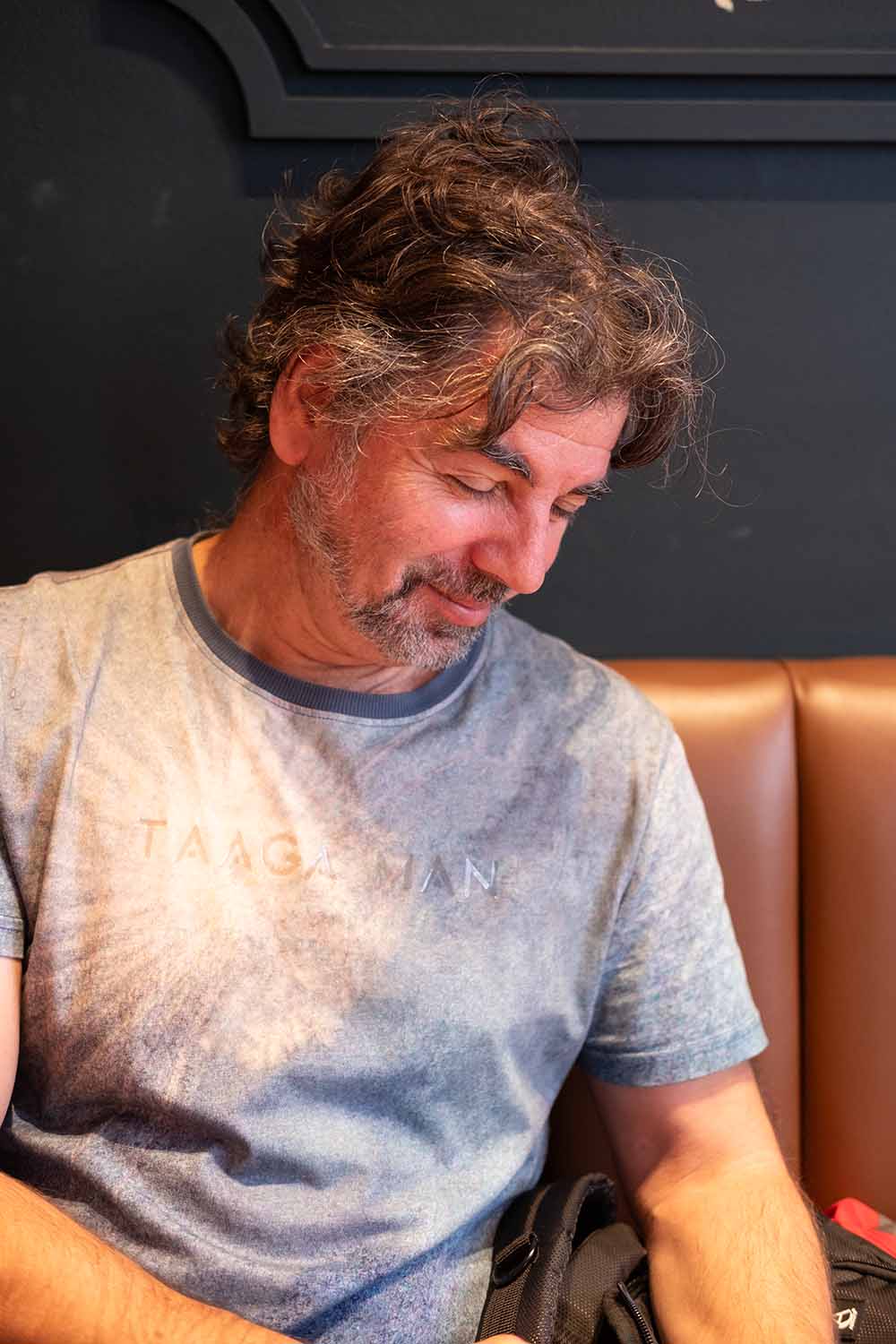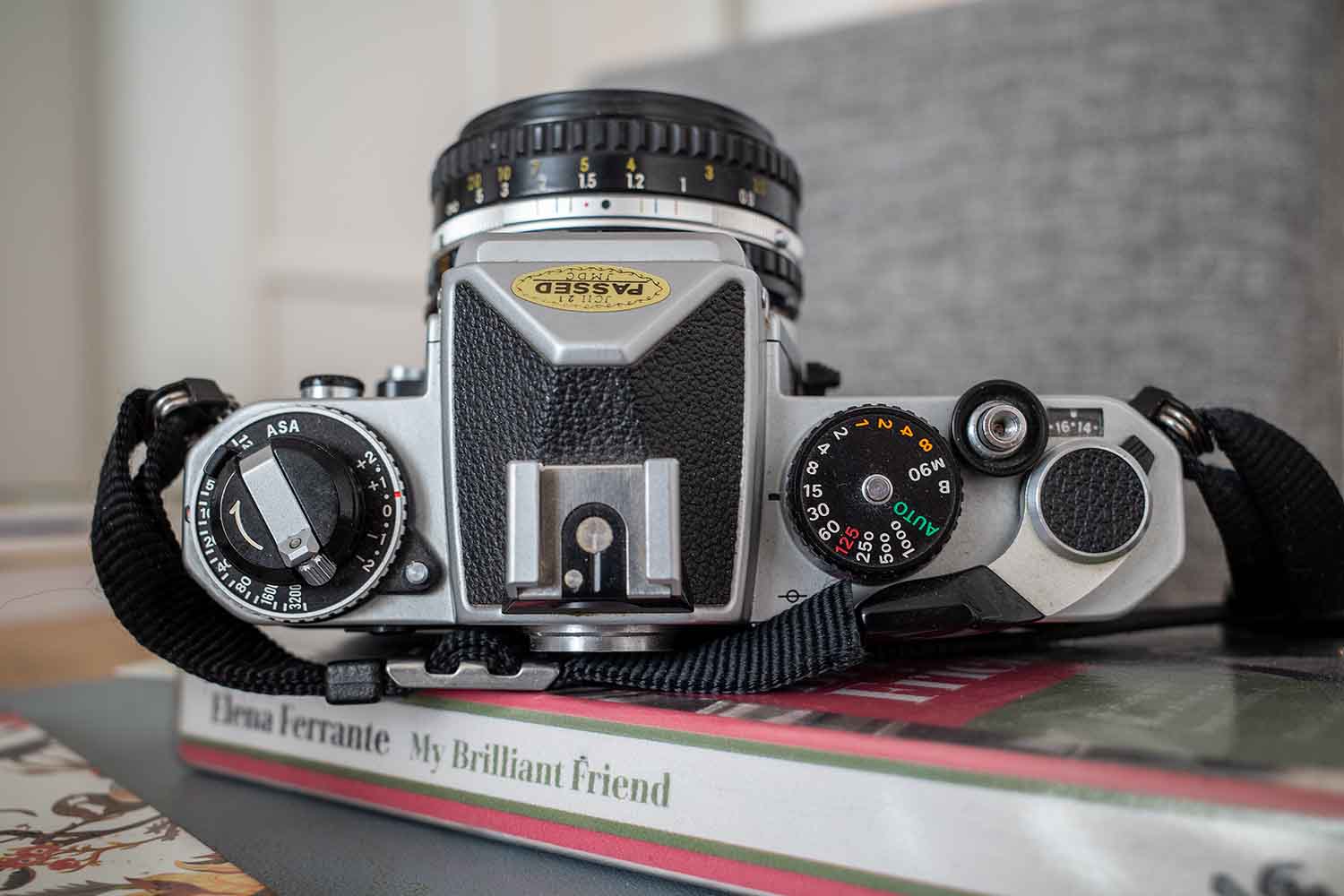
This is not the Nikon FE I bought about twenty to twenty-five years ago. I sold that and then a few years later I had a yen to have one again, so I bought this one.
It’s a manual focus camera that uses one little Mallory cell to power the exposure meter, and the battery lasts about a year of normal shooting. To take a reading you half cock the wind-on lever and that activates the meter. Then you adjust either the aperture on the lens or the shutter speed on the dial on the top plate until the needle and your settings coincide.
As long as you remain in similar lighting conditions you can leave that where it is once you have set it. If the lighting changes you have to reset the exposure.
After a while you get into the habit of keeping an eye on that floating needle in the viewfinder.
And for years I have used it in the same way to get the correct exposure, namely to line up the floating needle in the left of the viewfinder to the control needle by changing aperture or shutter speed. And I never gave a thought to the word ‘Auto’ on the shutter speed dial.
At least I didn’t until tonight when I was watching a video about the Nikon F3, and the presenter explained its development from the Nikon F2. In the course of doing that he mentioned that the Nikon FE could operate in Aperture Priority with auto exposure by setting the shutter speed dial to Auto.
What a revelation, because my reason for leaving the camera on the shelf is that having to do two things – focus the manual focus lens and also to get the exposure right – when I want to take a shot.
The lens on the camera is a Nikon 50mm f1.8 E lens, and I know the E series were budget lenses. Apparently they used less premium coatings compared to the professional Nikkor line, which could produce a more dreamy or filmic image character.
So now that the camera has suddenly seemed more useful, maybe I will get a better lens. It could be an AIS or an AI lens because on a Nikon FE, there is no practical difference in everyday use between a Nikkor AI and Nikkor AIS lens.
Both mount the same way, meter the same way, and work in the same modes. Both allow full-aperture metering. Both support the FE’s Aperture Priority (A) and Manual (M) exposure modes. Both have the mechanical “meter coupling ridge” the FE needs, and both stop down normally when you take the shot.
So which lens might I get? Maybe the 50mm f1.4 AIS. That desire can park itself until I use the camera and see what I think of the result with current lens.

